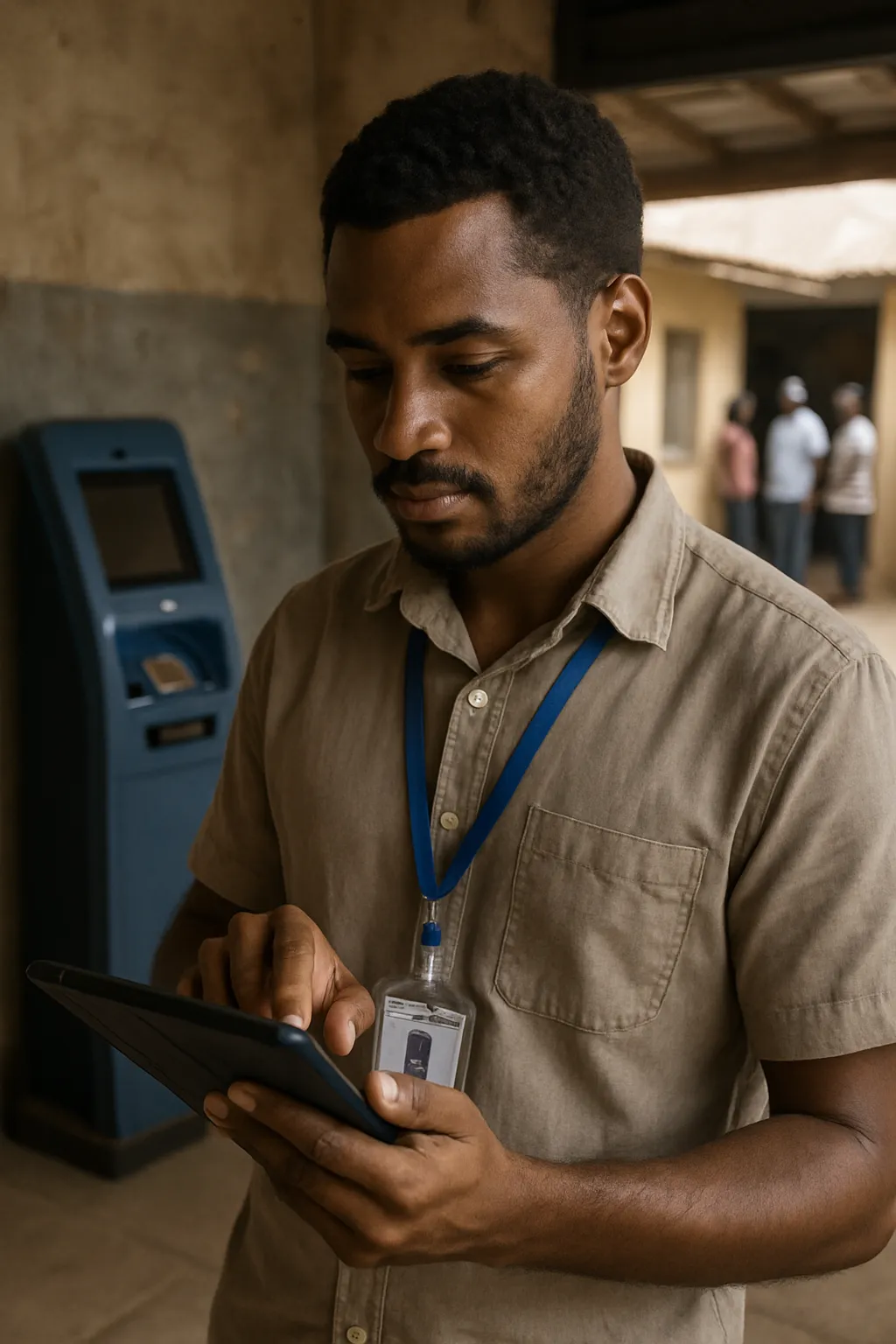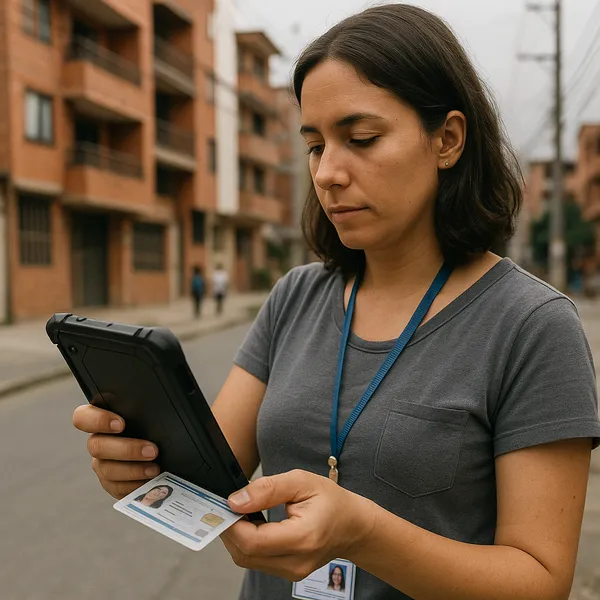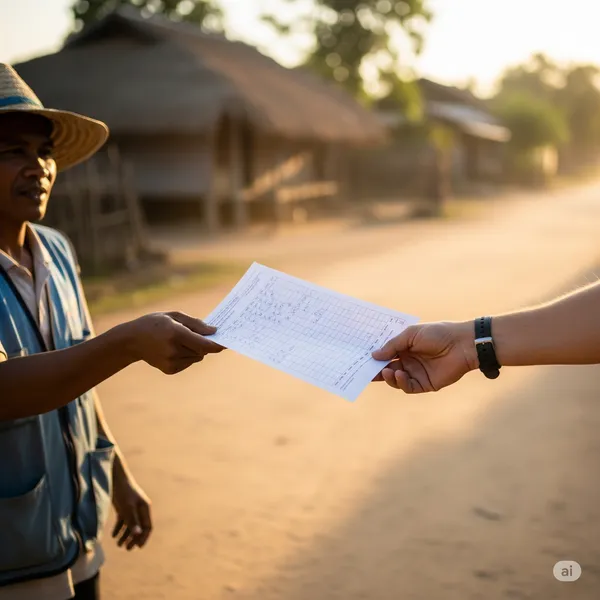Monitoring Targeting and Delivery in Social Protection Programs
Published on: Wed Jan 19 2022 by Ivar Strand
Verifying the Safety Net: Monitoring Targeting and Delivery in Social Protection Programs
Introduction
Social protection programs, particularly cash and voucher assistance (CVA), have become a central pillar of global poverty reduction strategies and humanitarian response. These safety nets are designed to provide a vital lifeline to the most vulnerable households, protecting them from economic shocks and enabling investments in human capital. The effectiveness and credibility of these large-scale programs, however, rest entirely on the integrity of two core functions: the accurate targeting of eligible populations and the reliable delivery of benefits.
The primary monitoring challenge is to design and implement a verification system that can provide independent assurance on both of these functions. This is not a simple task. It requires moving beyond administrative data to conduct rigorous, on-the-ground assessments of who is being reached and what they are receiving. The problem is how to systematically verify the fairness and accuracy of the beneficiary selection process, and how to trace the transfer of benefits from the central source to the final recipient to confirm their integrity. This paper outlines a structured framework for this verification process.
The Twin Challenges: Targeting and Delivery
A robust monitoring framework must be designed to address the distinct risks inherent in both the targeting and delivery phases of a social protection program.
1. The Targeting Challenge: Errors of Inclusion and Exclusion The process of identifying and selecting beneficiaries is fraught with complexity. Whether using community-based targeting, proxy means testing, or categorical selection, the risk of error is significant. These errors fall into two categories:
- Inclusion Errors: These occur when households that do not meet the program’s eligibility criteria are included as beneficiaries. This dilutes the impact of the program and leads to an inefficient use of limited resources.
- Exclusion Errors: These occur when eligible and vulnerable households are mistakenly omitted from the program. This is a failure of the program’s core mandate to serve the most needy and can erode community trust and perceived fairness.
The operational challenges contributing to these errors are numerous, ranging from a lack of reliable census data and the potential for elite capture in community-led processes to political pressures influencing the selection process.
2. The Delivery Challenge: The Integrity of the Transfer Once beneficiaries are selected, the program must ensure that the correct amount of assistance reaches them reliably and safely. The choice of delivery mechanism—be it mobile money, direct cash distributions, or vouchers—carries its own set of risks. These include technical failures, fraud, “leakage” where funds are siphoned off along the chain, and significant access barriers for beneficiaries, such as long travel distances to payment points, a lack of official identification, or the imposition of unofficial “fees” by payment agents.
A Framework for Verifying the Safety Net
An independent monitoring system must be designed to systematically investigate both of these challenge areas. This requires a multi-pronged approach that combines process audits, quantitative verification, and qualitative inquiry.
Part A: Verifying Targeting Integrity
- Step 1: Targeting Process Audit. The first step is a desk review of the program’s documented targeting methodology. The monitor assesses whether the eligibility criteria are clear, objective, and appropriate for the context, and whether the standard operating procedures for selection are transparent and consistently applied.
- Step 2: Household-Level Eligibility Verification. This is the core quantitative task. A statistically significant sample of registered beneficiary households is randomly selected from the program roster. Field monitors then visit these households to conduct a detailed survey, collecting data to independently verify whether they meet the official eligibility criteria. The results of this exercise provide a statistically valid estimate of the program’s inclusion error rate.
- Step 3: Community Perception Analysis. To understand the risk of exclusion errors and the perceived fairness of the process, monitors conduct focus group discussions in selected communities. These discussions, held separately with beneficiary and non-beneficiary groups, provide crucial qualitative insights into whether the community views the selection process as legitimate and can help identify specific sub-groups that may have been systematically overlooked.
Part B: Verifying Delivery Reliability
- Step 4: Post-Distribution Monitoring. Shortly after a payment cycle, monitors interview a sample of beneficiaries. These interviews are designed to confirm receipt of the transfer and assess the quality of the delivery service. Key questions include: Did you receive the full, correct amount? Did you have to pay any unofficial fees? How far did you have to travel, and how long did you have to wait at the payment point?
- Step 5: Payment Point Observation. Monitors conduct unannounced spot-checks at cash distribution sites or mobile money agent locations during a payment window. Using a structured checklist, they can directly observe the process, assessing issues such as crowd management, the functionality of identification systems (e.g., biometrics), security arrangements, and the clarity of communication with beneficiaries.
From Auditing Compliance to Ensuring System Integrity
Technology can play a vital role in strengthening this verification process, from using biometric data to confirm identity to analyzing transactional data to detect fraudulent patterns. The real analytical power, however, comes from integrating the findings from all parts of the framework. At Abyrint, we have found that linking the targeting verification data with the post-distribution monitoring data provides a holistic diagnostic of the entire program chain.
Ultimately, monitoring social protection programs is not about simply auditing compliance with administrative rules. It is a systematic process of verifying the integrity of a complex system designed to deliver a vital service to society’s most vulnerable members. While this level of rigorous, independent verification is resource-intensive, it is a necessary investment. The credibility of these large-scale safety nets, and indeed the social contract they represent, depends entirely on providing robust assurance that they are reaching the right people, with the right support, at the right time.



